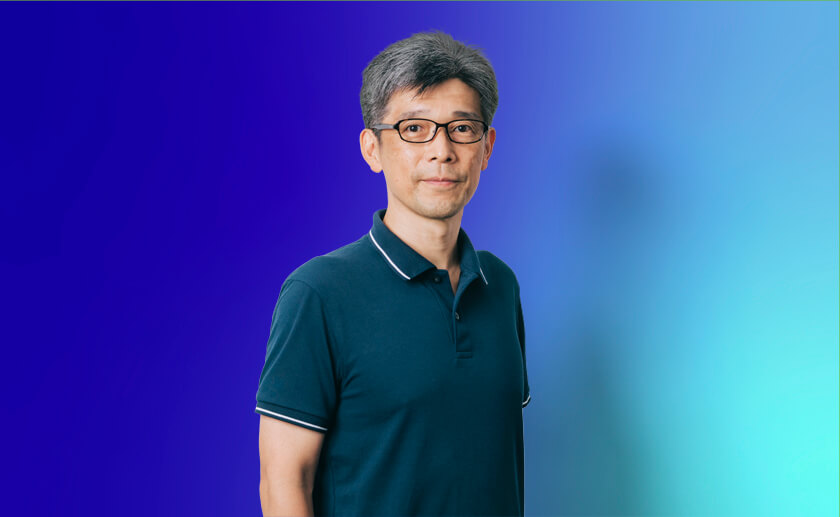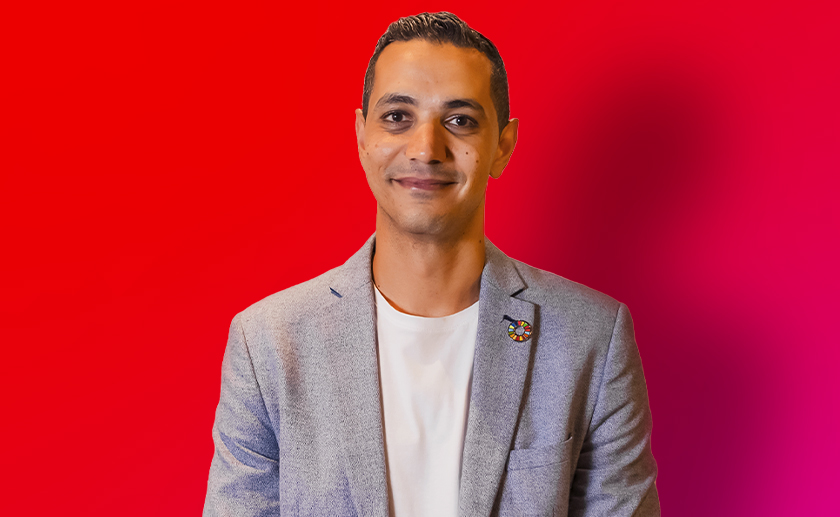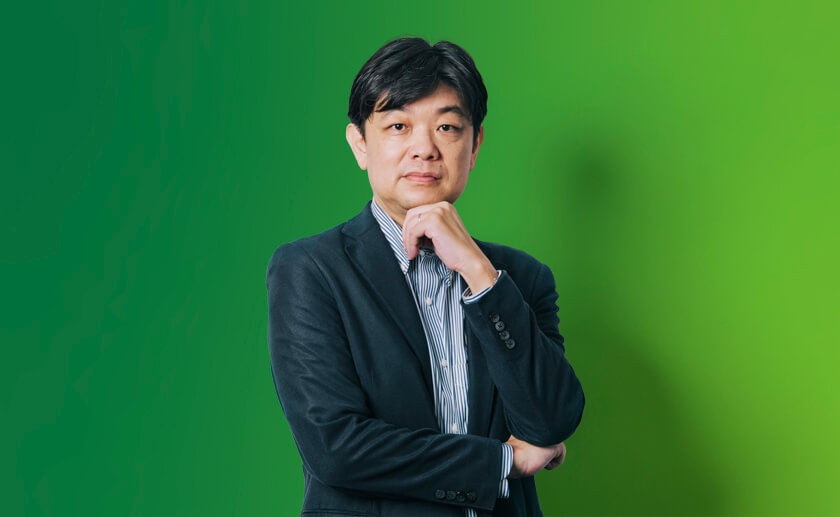The technology transforming the future of social infrastructure
Fujitsu / July 12, 2022
As DX continues to advance across society and industry, technology has become an even more integral part of many services and everyday life. AI in particular was once viewed with skepticism, but it’s now becoming commonplace through translation software, voice, face and image recognition, and a host of other applications.
But you may be surprised to learn that AI-based services and products are also being developed behind the scenes, in the realm of social infrastructure.
For insight into one of those areas, we sat down with two leaders advancing this technology. Yosuke Maeda is the CEO of WOTA, a company developing products that incorporate AI technology with the aim of building small-scale, decentralized water circulation systems, independent of water supply infrastructure. Masaki Miura of Fujitsu works on solving social infrastructure issues such as traffic and water damage problems using AI video recognition technology. In this fascinating conversation, we explore the shifts in perspectives and technologies bringing about the future of social infrastructure.
Designing social infrastructure
WOTA's mission is to “solve water problems from a structural perspective.” Why did you focus on water issues in the first place?
Yosuke: I was born and raised in Tokushima Prefecture, a place with a lot of little mountain villages surrounded by nature. A lot of these places don’t have running water or sewage systems; people get their water from nearby springs and streams with pumps and hoses. Residents themselves clear leaves from clogged pumps and take care of the maintenance.
I realized that this was something special during the Great East Japan Earthquake on March 11, 2011 – the day after I moved to Tokyo to start university.
The infrastructure was damaged in a lot of places, not only in the Tohoku region, and that made the water supply unstable. I realized something important about how city dwellers think about their water supply: no one had a backup plan in the event of a breakdown, no one thought to use the water from the rivers flowing nearby.
Water infrastructure is complicated. For most people, it’s a black box. They didn’t know why the water had stopped running, they didn’t know how to get it running again, and they had no way of knowing when it would be fixed. Seeing that gave me a new appreciation for how fragile city infrastructure really is, it got me thinking about how people relate to water infrastructure.
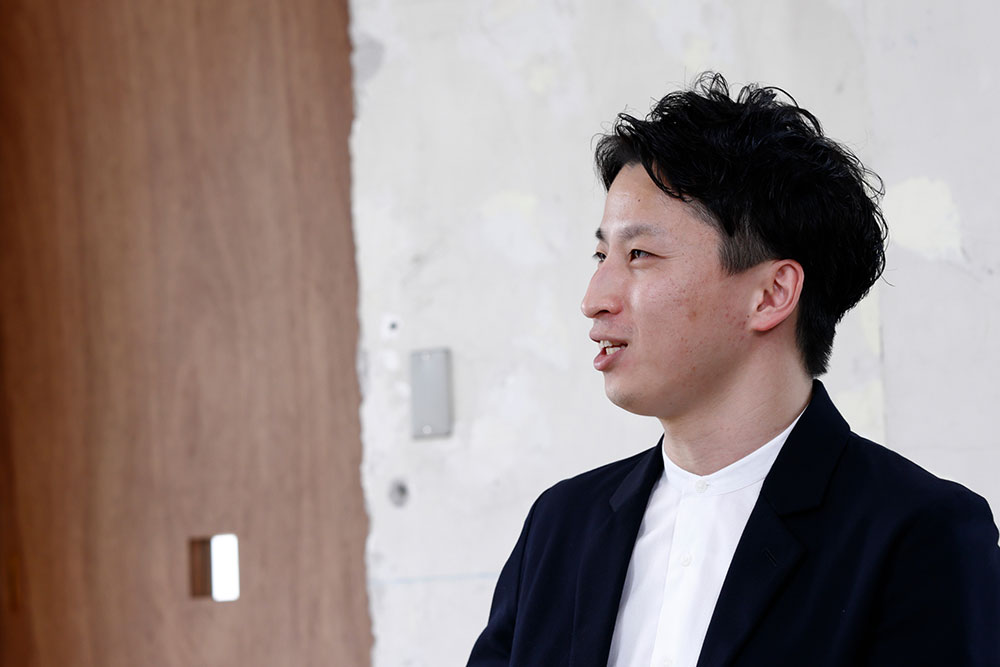
So based on that experience, our goal at WOTA is to design a new relationship between people and water. We want to build a society that uses small-scale, decentralized water recycling systems.
Japan's water supply and sewage systems are large-scale and centralized, but when you get a major urban disaster, a big storm or an earthquake directly under the capital, then a single point of failure can affect the entire system, and a huge area can be out of water. Putting small-scale, decentralized water infrastructure in place makes it possible to manage small units and guarantee a water supply, under normal circumstances or even in an emergency.
We’ve got a few products in development at the moment, including a portable water reclamation point, call the WOTA BOX, and a water circulating hand washing stand called WOSH. With the products we’re planning to release, we hope to replace existing water and sewage systems with a new generation of small-scale, decentralized systems that can be expanded to meet demand at a low cost.
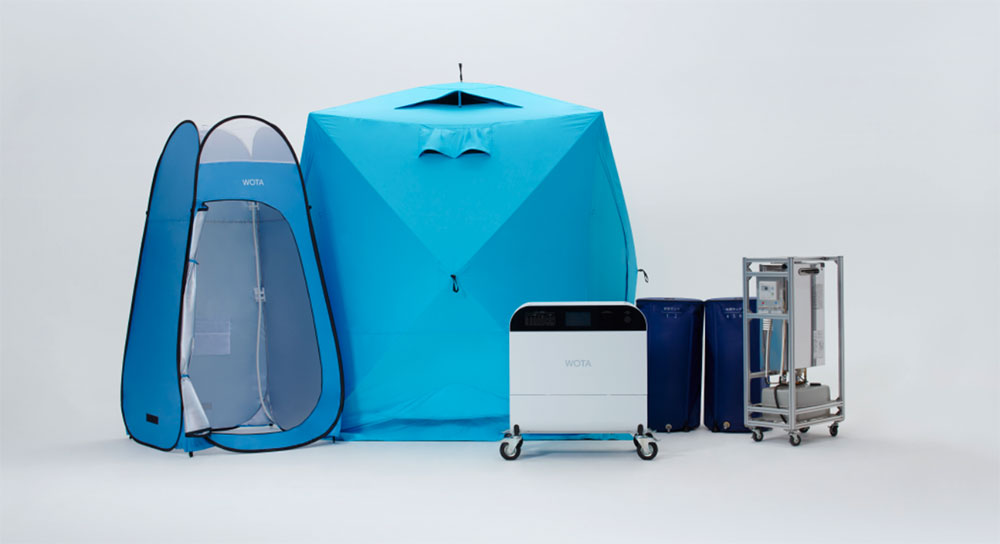
Pictured here is the WOTA BOX (white, center), a portable reclamation point with autonomous control water treatment technology that allows for the reuse of 98% of water. The tent on the left allows users to shower in purified water, hot or cold. (Image courtesy of WOTA)

The WOSH hand washing stand can be installed even where there is no running water. (Image courtesy of WOTA)
Mr. Miura, please tell us about your plans to use AI to solve infrastructure problems, like flooding and traffic.
Masaki: I’m working on using AI video recognition technology to build a safer society. Take traffic jams, for example. Not only do they lead to accidents, they also have a huge impact on manufacturing output and urban life. Floods, on the other hand, can threaten the lives of local residents near overflowing rivers.
Problems like traffic and flooding are affected by natural disasters, so they’re hard to predict. That’s why it’s essential to respond as soon as they occur.
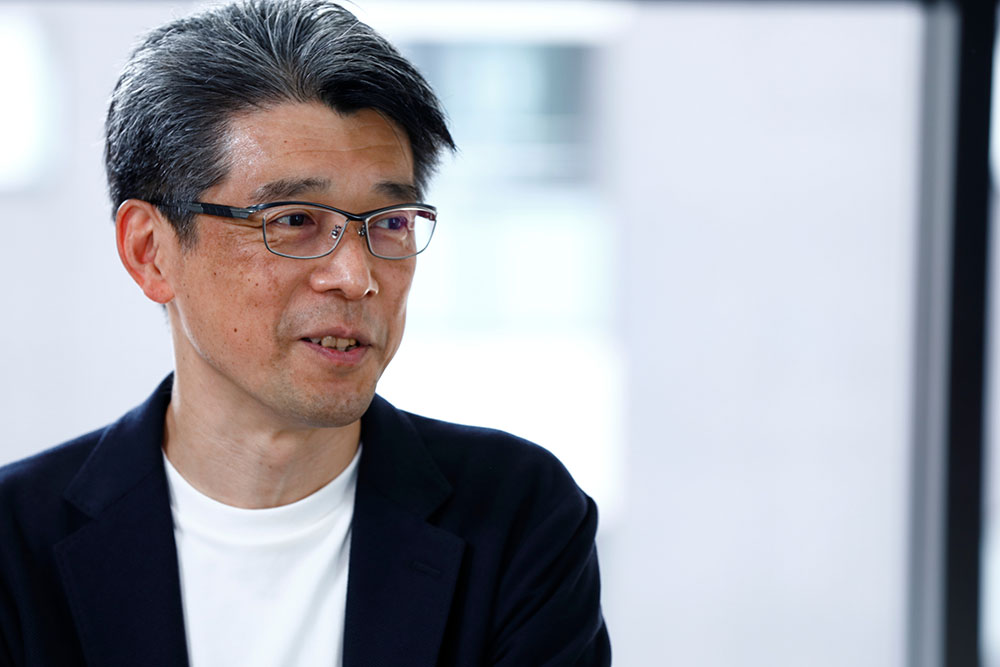
People have to figure out what’s happened immediately, and take immediate action. We need constant surveillance, which is far too large a task for direct human monitoring.
That’s why we’re working on an event detection system to monitor road and river conditions using AI video recognition.
With AI-based video recognition technology, we can detect situations like accidents and abnormalities on roads, or overflowing rivers, and we can detect them at an early stage. We hope to alleviate traffic and flooding problems through AI. That’s our plan to contribute to public safety and security.
Finding the right path
It’s been eight years since WOTA was founded in 2014. What are you working on now?
Yosuke: This year, we’re moving into a whole new phase. Up to now, our products have served as a complement to existing water and sewage infrastructure, but now we’re starting to take on water infrastructure planning projects for municipalities in underpopulated areas.
For rural areas, cost is a major barrier to developing water infrastructure. By most estimates, it costs several hundred million yen (several million US dollars) to lay one kilometer of pipe, and the profitability of a project can differ between urban and rural areas. That’s why we’re trying to provide an alternative water supply system through our products.
Masaki: It’s my understanding that WOTA started out as a product aimed at disaster relief. I imagine you’ve had to overcome some major hurdles to get to this point, where you’re trying to introduce your products into people's daily lives.
Even companies with really excellent products can struggle to gain that kind of traction in society.
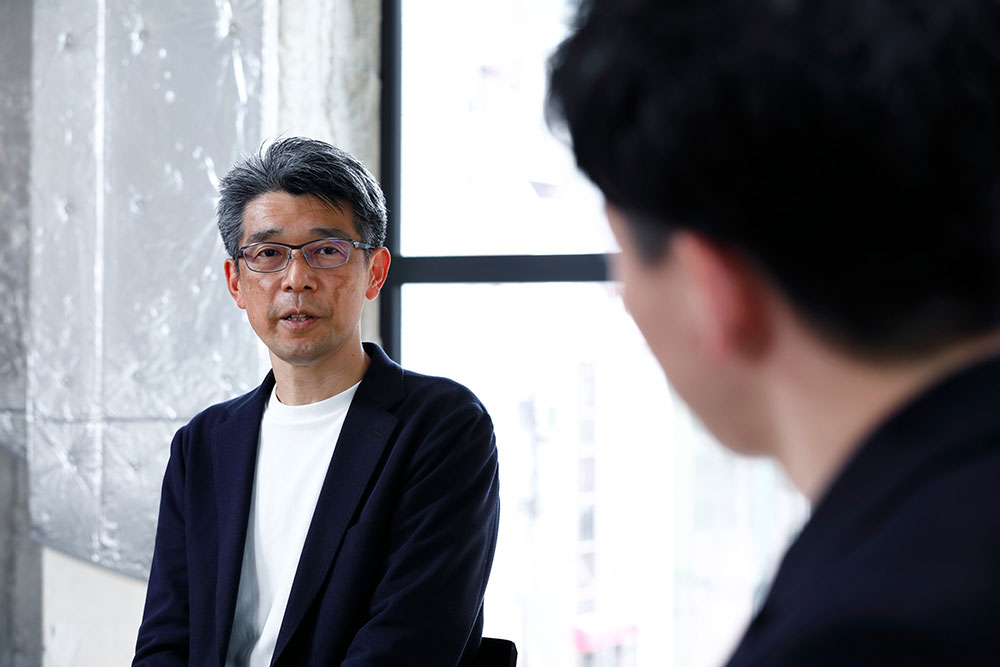
Masaki: One of our biggest challenges was choosing a path forward, finding the quickest way to achieve our vision for society.
We asked ourselves: what is the major idea that we’re trying to deliver, and who do we need to deliver it to first, if we want to change the way people relate to water infrastructure? What sorts of circumstances would allow us to maximize the value of our products?
The answer we settled on was to provide products for disaster relief.
Since there’s no other way to solve water shortages in times of disaster, I thought people would be able to see how significant these products are and understand the vision behind this new start-up.
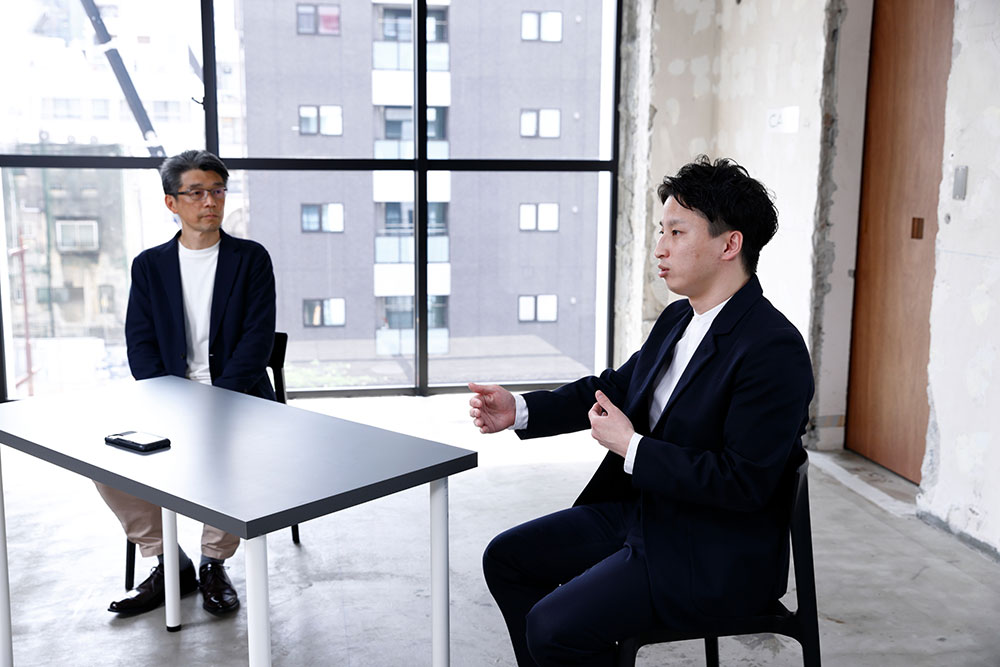
We were able to work with local governments to develop services aimed at disaster-stricken areas, and introduce ourselves to society as a problem solver for disasters. Step by step, the discussion moved from disaster relief to providing everyday services.
Thousands of people in evacuation centers used these products for more than a month, and that gave us the equivalent of several years’ worth of data. That really sped up our development — previously we only had data collected by a few team members.
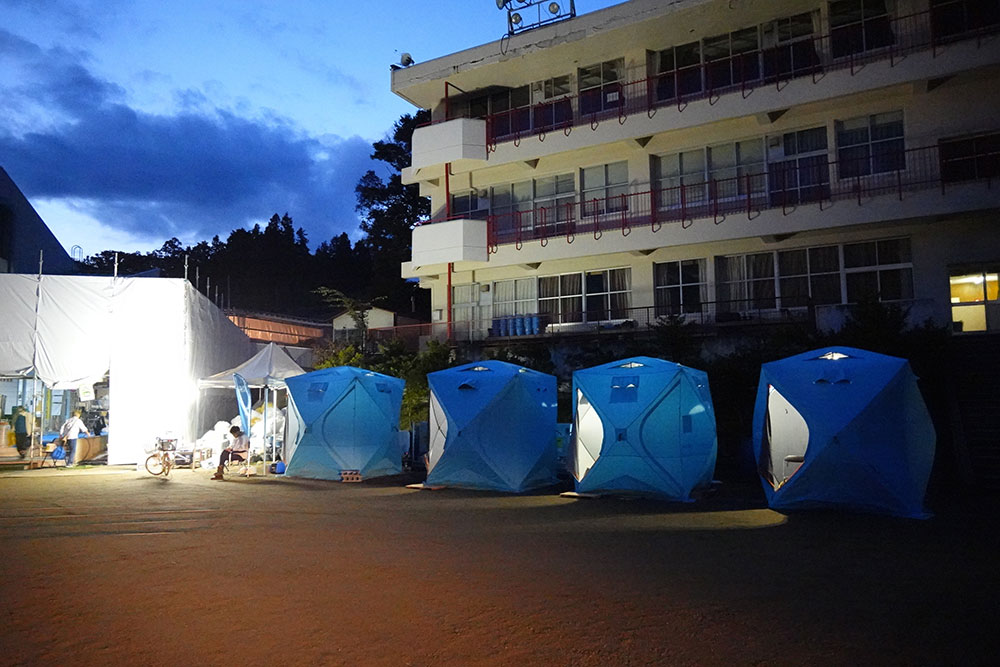
(Image courtesy of WOTA)
With so many different potential paths between where we are and where we want to be, we had to think hard about which way forward was best for us. For a small startup with limited funds, taking the long way to your goal can be a fatal error. I think it was very important to keep that in perspective.
Masaki: Choosing the right path forward was an important decision for our project, too.
Speaking more from an engineer's point of view, I believe that the success or failure of a project depends largely on the ability to choose the right technical solution.
Yosuke: That’s true. But when you’re offering cutting-edge technology or products, it’s more difficult to gain society’s acceptance.
Masaki: Right. AI isn’t rare today, but when we started applying AI to infrastructure monitoring in 2015, people didn’t really understand its problem-solving potential.
In those days, we were approached by a client looking for technology to locate cars with specific vehicle names from surveillance camera footage. This was before we had the kinds of advanced AI video recognition technology that we have today. We believed that if we could successfully develop an AI-based solution, we could provide value that would contribute more to the customer’s future.
Fujitsu has been conducting research on AI, but there weren’t many practical applications in social infrastructure at that time. And since a customer was involved in the project, obviously we had to keep to a budget, among other restraints.
Of course, you can make ordinary products with conventional technologies without taking on any new challenges. But we knew that AI was going to see use across all kinds of fields going forward, so we put forth a solution that couldn’t be achieved with existing technologies.

Yosuke: That’s quite a leap of faith! It must take a lot of courage to make a decision like that in a large organization.
Masaki: That’s true. We thought it was the best technical solution to the problem, and we also knew that if we didn’t take a chance on this, by the next time another opportunity came along, AI would already be widespread, and we’d be behind the times. So we proceeded with AI development a sense of urgency. With that goal in mind, we collaborated across departments, having candid discussions about questions like, “How can we solve customers’ problems?” and “What do we need to improve society?” I think things started to take shape from there.

One line of code can be a driving force to change the world
What sort of perspective is necessary to implement a new technology in society? What kinds of actions?
Yosuke: I think it depends largely on the market and product you are targeting, but in general, it’s important to start small.
Since we’re working with infrastructure, we needed to gather a lot of data to reach a consensus with a lot of stakeholders. We had a lot of thorny issues we needed to address. We came up with a lot of hypotheses, how this technology or that solution could be developed in concert with some other thing and then be commercialized, but we kept running into unexpected bottlenecks.
That’s why it’s important to test your hypotheses in a speedy manner, so when a problem comes up, we can take care of it. It’s a lot like pulling weeds, one by one; it’s about constant improvement and problem solving. Take the small impossibilities, make them possible, and eventually the big impossibilities will become possible. I personally think that’s an important mindset to have.

Masaki: Aligning perceptions among internal and external stakeholders is something I prioritized. You’ve got to get everyone on the same page when you’re bringing a new technology into the world, and you do that with constant, rapid communication.
There are different layers of stakeholders: customers, sales staff, engineers and researchers. If you divide up roles and responsibilities vertically, many times you’ll trip up due to the clash of ideas and expectations.
That’s where the engineers come in. They explain the technology, what makes it different, why it matters, aligning perceptions. Building consensus is what allows new technologies to see the light of day.
I also think it’s extremely important for engineers to really see things in action. Theory and reality are two different things. In order to bring ideas to life, you have to actually sees things in action, get opinions from people in the field. You can’t ever lose your sense of curiosity.
To wrap things up, what would each of you say to engineers who are interested in working on big social issues?
Yosuke: Speaking from my own experience, I spent a lot of time alone as a kid, reading books and doing research. Thinking back, it was kind of a way of communicating with other people. In a sense, the work WOTA does dealing with water problems in disaster areas is a kind of communication.
By solving problems for people and society, we’re making human connections. We’re connecting with people using our strengths. Maybe that’s not just for engineers. I think if you make a product that’s useful to somebody, that’s one way of communicating, one way of proving that you were here on this Earth.
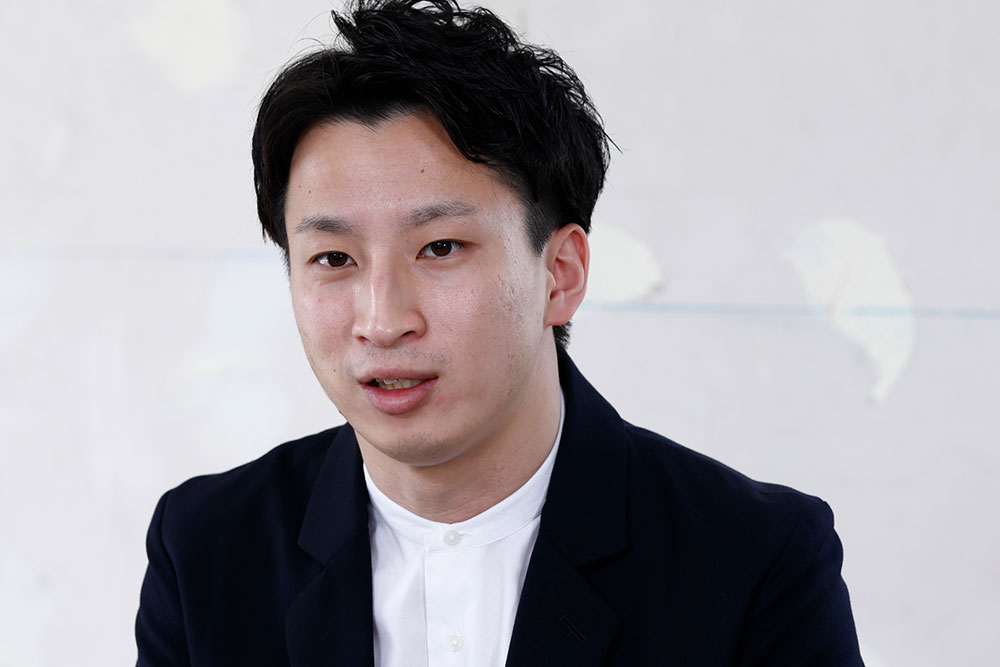
Masaki: A lot of times we think of engineers as just the people who make things that a company tells them to make. I think an engineer is someone who takes an idea and makes it real for everyone, with their own two hands.
No matter how much you love technology, you can’t let your code be just technology. I believe that each line of code should be a driving force for change in the world. I’m happy when I’m working with people, tackling challenges and changing the world.

I’d also like to mention that Fujitsu started the Global Fujitsu Distinguished Engineer program in 2021. These engineers are technology experts in key areas for the future, dedicated to solving challenging social issues and creating value and developing business strategies for our customers.
The program reflects our desire to develop engineers not only within Fujitsu, but throughout Japan and throughout the world.
We want to be leaders in a society that values engineers and puts them to work on social issues. I really believe that engineers can be the motor that drives change in society.
------------------
Writer: Sakura Shindo
Designer: Tomohisa Fujita
Photographer: Toshiharu Takei
Editor: Fumiya Kimiwada
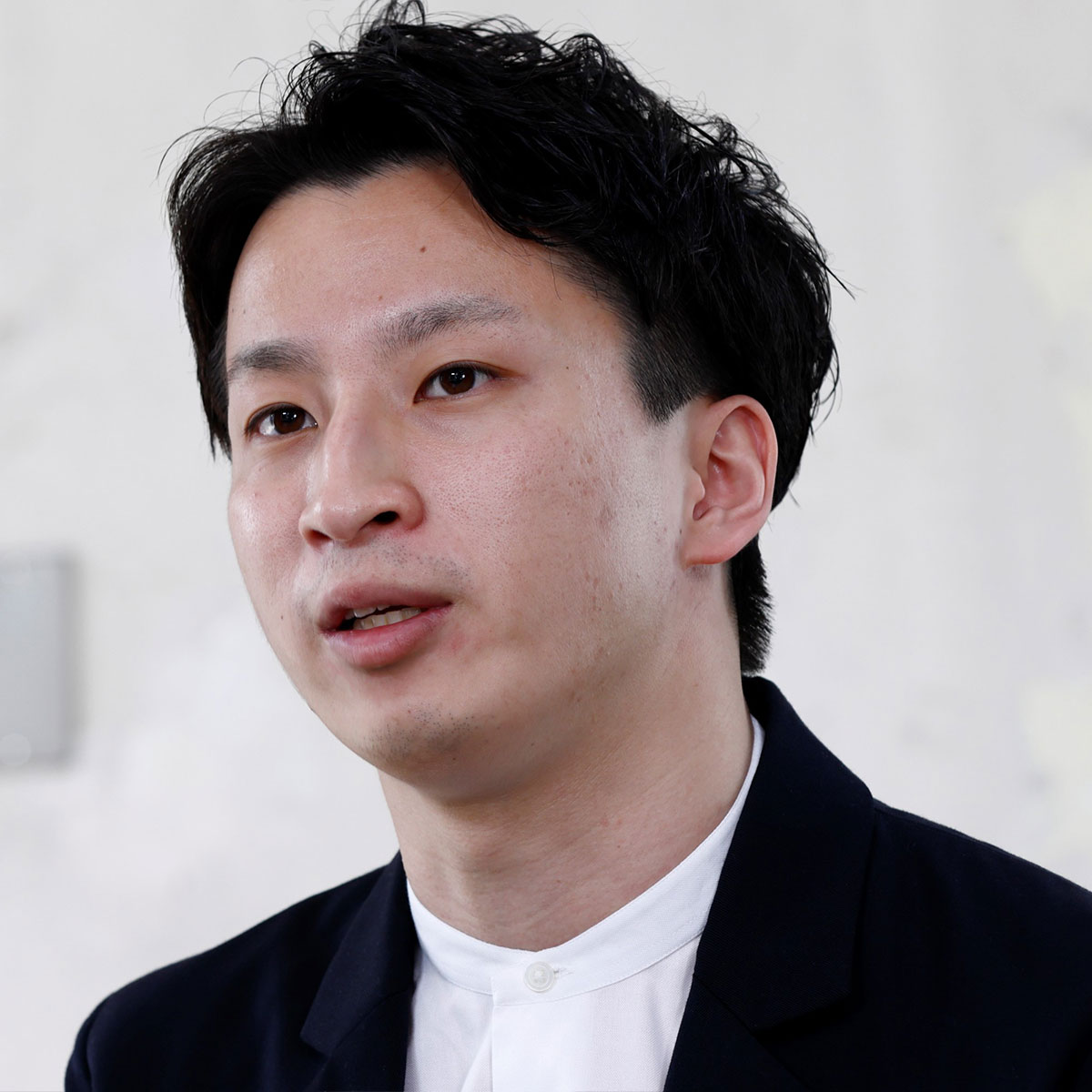
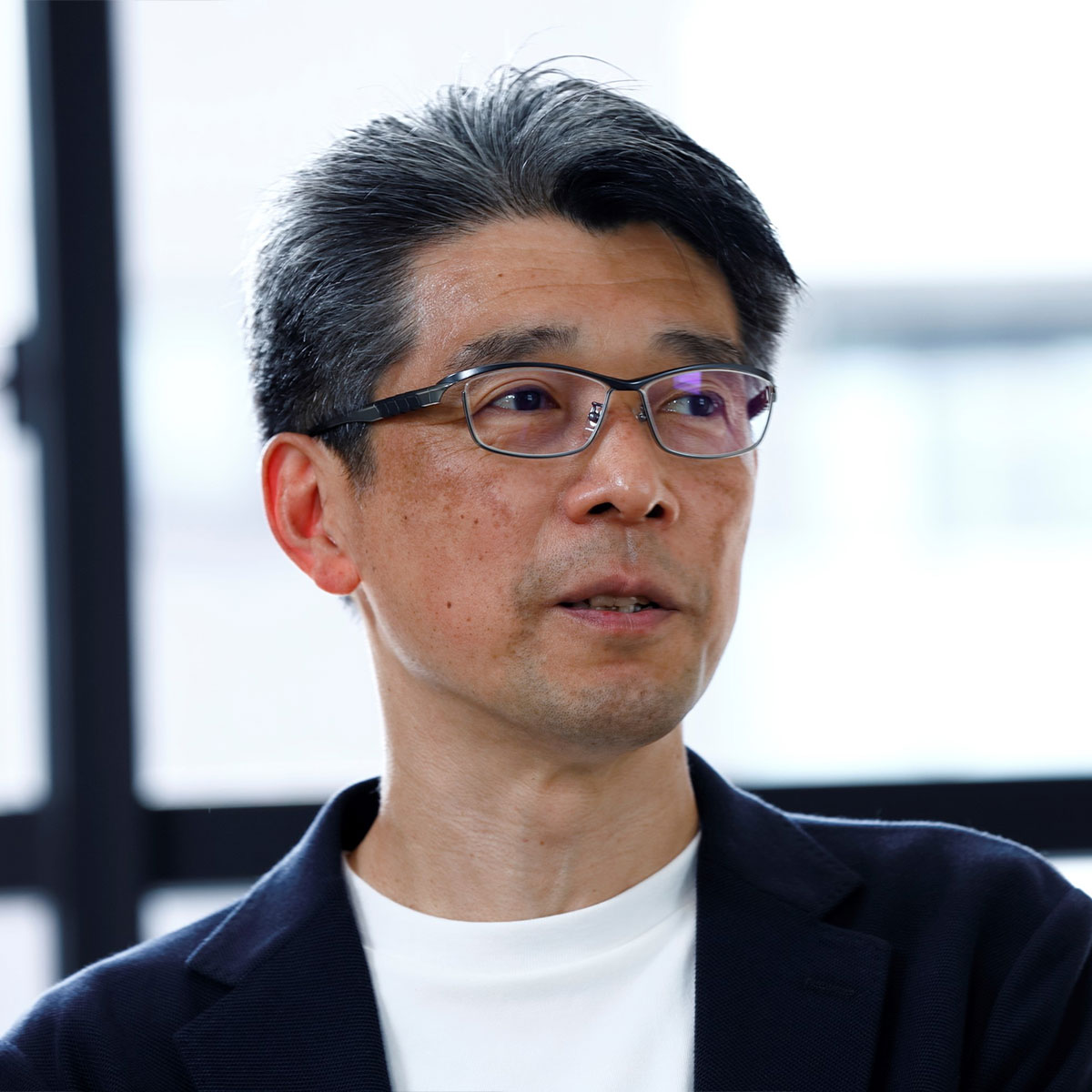
Editor's Picks




